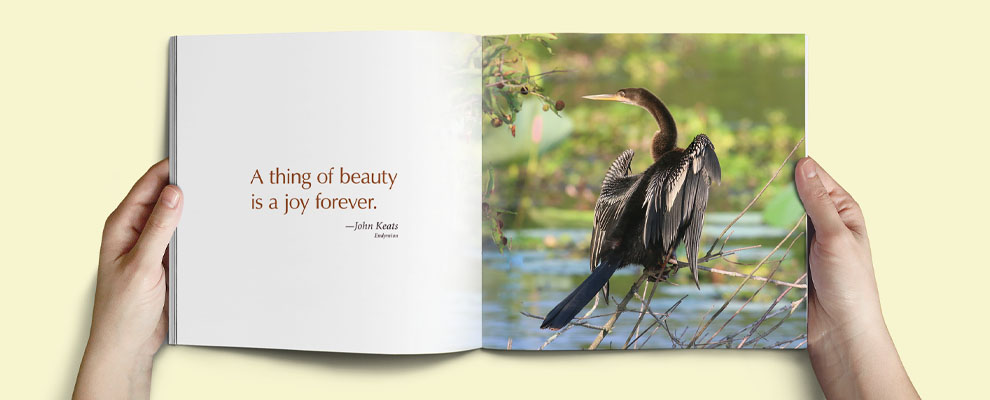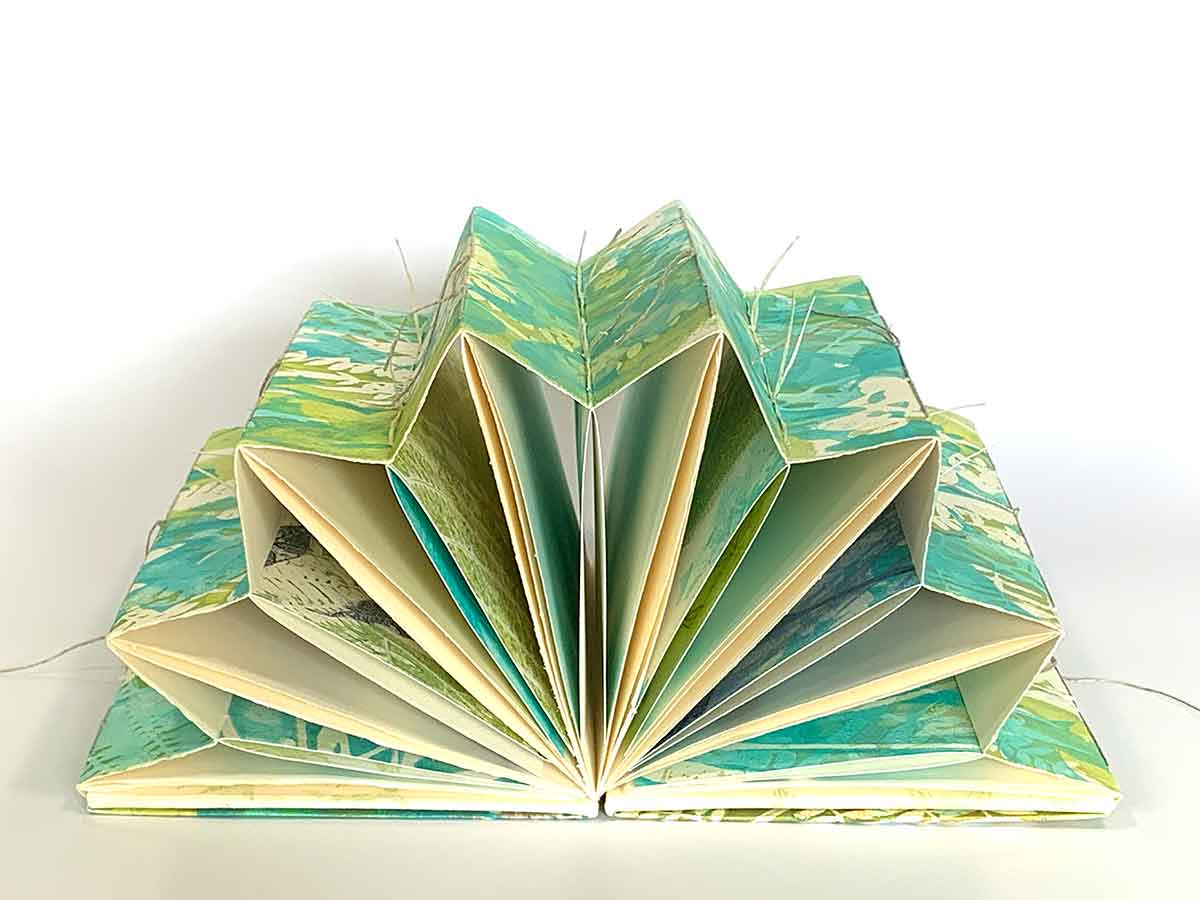What to Know About Binding Options for Your art book
What to Know About Binding Options for Your art book
Blog Article
Discover the Vital Overview to Art Book Printing for Aspiring Artists and Publishers
As an aspiring musician or author, comprehending the subtleties of art book printing is necessary to bringing your vision to life. You'll need to take into account different aspects, from picking the ideal sort of book to ensuring color accuracy and choosing suitable materials. Each decision influences the final item considerably. What are the key aspects you should concentrate on to create a stunning art book that truly represents your work?
Understanding Various Kinds of Art Books
When you plunge right into the globe of art books, you'll promptly discover that they come in various kinds, each tailored to different creative expressions and audiences. Coffee table books often showcase spectacular visuals, best for informal browsing, while essays dive deep into a specific musician's job, giving context and insights. If you want details art motions, exhibition brochures offer detailed documentation of shows, including essays and reviews.
For training purposes, art manuals and strategy publications guide you through different tools and designs, making them crucial for aiming musicians. Restricted version or musician publications obscure the lines in between art and literary works, typically including unique design elements or hand-crafted functions. Recognizing these kinds assists you identify what reverberates with you and what could ideal match your audience. Each format offers its purpose, and recognizing their distinctions can enhance your art book journey.
Picking the Right Paper and Products
Choosing the best paper and products can greatly affect the total top quality and feeling of your art book. For dynamic colors and complex details, decide for a glossy coating or a heavyweight matte paper that boosts aesthetic deepness.
Consider the weight of the paper, too. Thicker options often lend an even more professional look, while lighter documents can minimize printing prices. Do not forget the binding products; a sturdy cover can shield your pages and include to guide's aesthetic.
Ultimately, take into consideration sustainability. Environment-friendly choices are obtaining appeal and can show your values as a musician. By very carefully choosing your paper and materials, you'll guarantee that your art book not only looks great but additionally feels special in the hands of your visitors.

Choosing the most effective Printing Strategies
When it concerns printing your art book, picking between balanced out and digital printing can significantly affect your last item. You'll likewise want to think about exactly how paper quality impacts the general look and feeling of your artwork. Let's explore these vital printing methods to discover the very best fit for your job.
Countered vs. Digital Printing
While both countered and digital printing have their advantages, choosing the best strategy for your art book can greatly influence the last item. Offset printing offers top quality pictures and dynamic colors, making it excellent for larger print runs. If you're seeking to create hundreds or thousands of duplicates, balance out will give you constant outcomes and lower per-unit prices. On the other hand, electronic printing stands out for smaller sized amounts and quicker turnaround times. It enables easy personalization, enabling you to publish unique copies without additional setup prices. Consider your budget, timeline, and the volume of your job. Eventually, your choice must line up with your artistic vision and circulation strategy, ensuring that your art book shows the quality you want.
Paper Top Quality Factors To Consider
Choosing the ideal paper high quality can significantly improve the aesthetic charm and responsive experience of your art book. Beginning by thinking about the weight and texture of the paper. Much heavier paper often really feels even more extravagant and can much better showcase dynamic shades and complex information. For prints, a shiny coating can make photos pop, while a matte surface supplies a softer, a lot more refined appearance. Don't forget the paper's illumination; brighter sheets can boost color precision and comparison.
Next, think of the sustainability of your option. Environmentally friendly choices are coming to be significantly popular and can interest environmentally-conscious visitors. Finally, request samples to see just how different documents deal with your artwork, making certain the last item mirrors your vision perfectly.
Making Sure Shade Precision in Your Prints
To achieve stunning prints, you need to concentrate on shade accuracy from the begin. You'll wish to use color calibration techniques to confirm your display and printer remain in sync. In addition, proofing your job prior to the last print run can aid catch any inconsistencies, ensuring your art looks simply as you visualized.
Color Calibration Methods
Assuring color precision in your prints begins with efficient shade calibration techniques that assist maintain uniformity in between your digital images and use this link last printed products. Next off, select a color profile fit for your printing procedure, like CMYK for print materials. By continually applying these strategies, you'll enhance the overall quality of your art prints and far better convey your imaginative vision.
Proofing for Precision
While you could believe your digital pictures await print, proofing is essential for attaining shade accuracy. Before dedicating to a full print run, always request an evidence from your printer. This enables you to see exactly how colors translate from screen to paper. Compare the proof with your calibrated screen to find any disparities. Take notice of saturation, illumination, and hue, as these elements can substantially influence your end product.
If modifications are required, communicate clearly with your printer about your preferred outcomes. Don't think twice to demand numerous proofs if essential; it's worth the financial investment to obtain it. Eventually, thorough proofing warranties that your artwork is represented as you visualized it, maintaining your artistic integrity throughout the printing process.

Designing Layouts That Enhance Your Art Work
When you develop formats for your art book, it's vital to consider how each element connects with your art work. Go for an equilibrium between visuals and message, ensuring neither eclipses the other. Usage white area tactically; it offers your artwork space to breathe and draws focus to its information.
Consider the flow of your book. Prepare images in a way that overviews the viewers's eye, creating a story or thematic development. art book. Vary the dimensions and alignments of your art work to keep the design dynamic and interesting
Select fonts that complement your artwork without sidetracking from it. Maintain text succinct and relevant, supplying context or insight that boosts the customer's experience.
Lastly, examination various formats. Publish samples to see exactly how the styles translate theoretically, and readjust as needed. By attentively making your designs, you'll develop a visually engaging art book that resonates with your audience.
Binding Choices for a Professional Finish
Picking the right binding alternative can considerably affect the overall discussion of your art book. You'll intend to take into consideration both aesthetics and sturdiness when making your choice. Popular choices include best binding, which offers a smooth appearance and is perfect for thicker books; saddle sewing, suitable for Recommended Site smaller brochures; and spiral binding, which allows web pages to lay level for very easy watching.
If you're aiming for a costs feel, situation binding is an outstanding choice, offering a strong cover and a professional look (art book). Do not forget the cover product; options like cloth, leather, or a glossy coating can boost your book's allure
Whatever alternative you pick, see to it it matches your art work and improves the reader's experience. Take your time to evaluate the advantages and disadvantages of each technique, so your last product shows the high quality of your innovative vision.
Preparing Your Declare Publish Preparedness
To guarantee your art book is print-ready, you'll need to pay very close attention to file preparation. Begin by establishing your document size to match your wanted print dimensions. Use high-resolution images-- 300 DPI is the criterion-- to determine sharp, vibrant visuals. Convert your files to CMYK mode, as this shade space is best for printing. Don't forget to include bleed areas, normally an additional 0.125 inches around your pages, to protect against any white edges after cutting.
Take into consideration developing a proof to assess prior to the last print run. Complying with these steps will certainly assist you achieve a refined, specialist art book.
Frequently Asked Concerns
What Is the Typical Expense of Publishing an Art Book?
The average cost of printing an art book differs, but you can expect to pay anywhere from $5 to $20 per duplicate, depending on factors like size, paper top quality, and printing volume.
Just How Can I Discover a Reliable Printing Firm?
To find a trustworthy printing business, beginning by looking into online evaluations and asking fellow artists for suggestions. Contrast quotes, examine profiles, and connect your requirements plainly to guarantee they understand your vision and high quality expectations.
What Is the Typical Turn-around Time for Printing?
The normal turnaround time for printing differs yet typically varies from one to 4 weeks. Variables like project complexity and volume can impact this. Constantly verify with your selected printer for specific timelines and assumptions.
Can I Publish My Art Book in Limited Quantities?
Yes, you can definitely publish your art book in limited quantities. Many printing firms offer short-run options, enabling you to create just the number you require, making it less complicated to manage costs and supply.
What Legal Considerations Should I Know for My Art Book?
You ought to think about copyright, licensing agreements, recommended you read and model launches when creating your art book. Make sure you deserve to make use of all photos and text, securing on your own from potential lawful concerns later on.
Report this page